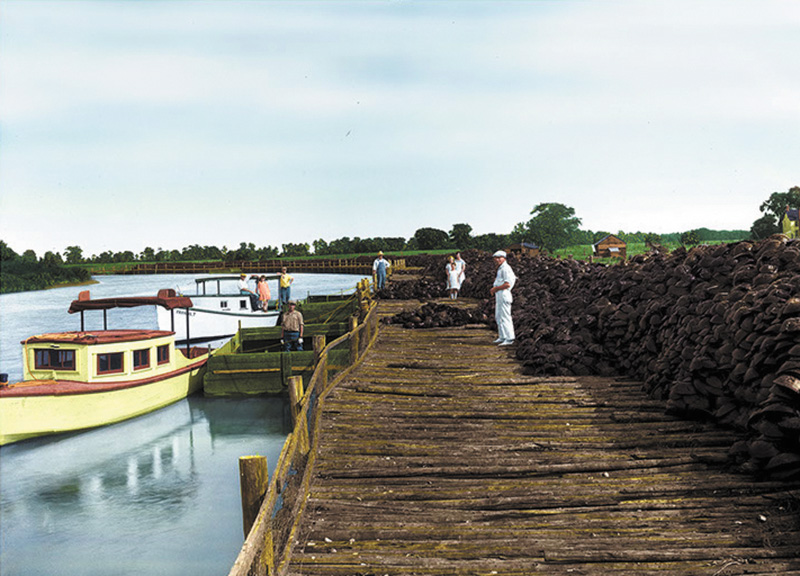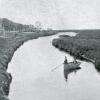Horseshoe crabs at Bowers Beach for fertilizer
One of the great survivors of Planet Earth, horseshoe crabs have been roaming the sea floor for millions of years, continuing their cyclical existence long beyond when dinosaurs went extinct.
They have been chopped up for conch bait, ground for fertilizer on depleted Delaware fields before the advent of other mined commercial fertilizers, and had their unique blue blood drawn for use in medical research. Their eggs provide essential nutrition for migrating birds, and, flipped over on the beach by lapping waves, with their primitive fins flailing helplessly, they have created a momentary sense of purpose for thousands of children and adults who see their plight and turn them over so they can complete their mating and laying of eggs before returning to the briny depths.
In this photo from June 1928, stacks of horseshoe crabs line docks at Bowers Beach in Kent County for eventual use as fertilizer.






















































